Hello and welcome to another edition of Substack Reads!
This week, writers take us on their travels of mind and body: from poetry on a cave in the Dordogne to bird calls in rural England to wine tasting along the Mosel River and watching basketball on the midnight bus from Berlin to Krakow.
Thanks, too, to readers who took us to far corners of Substack we didn’t know existed, by spotlighting favorite and little-known writers via our roll call in Notes. Look out for next week’s note to shout about your latest subscription, or do so in a comment below.
MODERN HISTORY
The fair that changed America
The 1939 New York World’s Fair promised a dream future and was an inflection point for how the U.S. would develop. But it was as much a forewarning as it was a dream, writes historian Anton Cebalo
—
in
It can be said that much of modern America was born in 1939. That year, the New York City World’s Fair officially began. The mega-event would go on for two seasons (’39 and ’40) and break records, exciting audiences by promising a glimpse into the “world of tomorrow.”
The Fair condensed many ideas and developments that would come to define the coming era, famously called the “American Century” by media magnate Henry Luce. Those who attended described experiencing a feeling of awe and being overloaded with newness. The exhibits were futuristic, optimistic, and unyielding in their belief in progress and technology.
If you were there, something was bound to strike you—mechanized farms, car production lines, steelworks, home heating, glassmaking furnaces, dioramas of future megacities, long-distance phone lines, amusement parks, motorcycle shows, electrical appliances, diesel-powered locomotives, industrial plastics, nutritional science, mechanized milk production (with actual cows), nylon clothing, high-end fashion houses, watchmaking, rare jewels, orchestral performances, atomic science presentations, the first computer game, the first science fiction convention, over 500 world-renowned paintings and sculptures, an exhibit for each of the world’s leading nations (and for twenty-three U.S. states), and on and on.
TRUE CRIME
Hunting the Yorkshire Ripper hoaxer
In a three-part miniseries, Deadly Deception, the award-winning British news correspondent and crime writer Robert Murphy completes his true-crime podcast
—
inWest Yorkshire, 2004.
Chris Gregg is now at the height of his career—a detective chief superintendent establishing West Yorkshire Police’s elite Homicide and Major Enquiry Team.
The next few months are busy.
But at the back of his mind is unfinished business: tracking down Wearside Jack, the Yorkshire Ripper hoaxer from nearly 30 years previous.
MUSIC
Hans Zimmer: “Have the courage to sit there and struggle”
Hans Zimmer has scored more than 150 movies, including Rain Man, Gladiator, and Interstellar. Polina Pompliano shares lessons from the legendary film composer on creativity, storytelling, and collaboration
—
inZimmer’s hidden genius lies in that he’s able to make you feel certain emotions without having the vocabulary to explain why you feel that way. It’s all done subliminally—with music.
“At my best, words will fail you,” Zimmer says, “because I’m using my own language.”
And his own language is totally unorthodox. To create these emotion-laden and memorable sounds, Zimmer has used banjos, bagpipes, buzzing electronics, an old-fashioned orchestra … and an instrument made out of an ostrich egg.
Does the king of England really own all the swans?
And if not, who does?
—
in , recommended by Anne KadetThe reigning monarch retained ownership of all unmarked swans, which could not be so much as touched by anyone else under pain of hefty fines and imprisonment. Thus, it was effectively impossible for anyone who was not a noble to enjoy swans for dinner, while a royal feast might see dozens of them cooked up for guests. The monarch was also granted the permanent title of “Seigneur of the Swans”, lest anyone ever forget who was running the swan show.
Because ownership of swans was such a contentious and high-stakes business, an annual “swan-upping” was introduced, in which the Master of the Swans and his assistants would round up all of the birds, check their marks, identify the parents of cygnets, ascertain ownership, and update their records. If any owners were found to have become ineligible for their swan marks over the past year because their wealth had decreased below the threshold amount, their swans would be seized and become property of the Crown, as would any birds whose ownership could not be conclusively determined. The Crown had their own swan mark, but also reserved the sole right to mark swans on the leg in the event that pre-marked swans were seized.
NATURE
The accelerating jewel
Every week, naturalist and British bird surveyor Charlie Peverett helps readers learn to identify birds by their call. This week, Europe’s smallest bird packs a powerful pitch
—
inFirecrests like to fidget and flit their way through tangled places. For a moment they may appear right in front of you—peeking out from the edge of a thicket or hovering under a leaf to pick off a morsel.
Then they’re gone. Once again, tracking them by ear is often the best way to steal a second look.
Since first being found nesting in the New Forest in 1962, firecrests have gradually spread.
Although they remain scarce, and mainly limited to the south and east of England for now, they appear to be establishing themselves as a breeding species in more and more places—and their requirements are not exactly demanding.
FOOD AND DRINK
The sweet hereafter
Wine writer Jason Wilson samples “droplets of gold” rieslings made along the Mosel River in Germany, and explores why German wines might be about to fly off American shelves
—
inIt is a truth universally acknowledged that umlauts scare away American wine lovers. For whatever reason, bottles with labels bearing those diacritical points, floating above terms like spätlese or grapes called spätburgunder or Müller-hTurgau or places named Würzburg or Württemberg, are a turnoff for so many English-speaking consumers. Let it be said, then, that I am somewhat out of step with my fellow Americans. Though I speak almost no German, I love wines with umlauts. And I go to significant lengths to seek them out.
That’s why on a balmy, blue-sky morning in late spring, I found myself in a western German village called Piesport, which sits at an S-shaped bend in the Mosel River. As the river gently meandered beside me, I gazed straight up at an imposing hillside vineyard called Goldtröpfchen. This vineyard is incredibly steep, with an incline in parts of more than 60 degrees—so precipitous and treacherous that there are small monorails snaking uphill where workers can load harvested grapes into mechanical cars rather than risk hauling them down to the bottom.
SPORTS
My first season as a basketball fan
Journalist Lyz Lenz finds a new thirst for the game when she least expected it
—
inIt was midnight and everyone on the bus from Berlin to Krakow was sleeping. Except for me. With my headphones on, clutching my phone, I was watching snippets of the NCAA championship game, quietly pumping my fist in the air when the Iowa women’s team scored.
The connection was spotty and I frequently lost the video feed. For most of the game I was refreshing the ESPN app, trying to keep track of what was going on. My dad tried to ask a few questions, but he wasn’t actually interested. He told me to let him know who won and closed his eyes. But I kept watching, and even when LSU pulled ahead and it was clear Iowa couldn’t come back, I was still thrilled by watching the game—the athleticism, the joy, the emotion, the unbridled and unapologetic confidence. What a joy to watch this, I thought. What a pleasure.
Like so many people, I’m a new fan of women’s college basketball, one of the record-setting 9.9 million who watched the championship game.
POETRY
Hand print at Font de Gaume
In honor of National Poetry Month, poet David Whyte is sharing his latest works on Substack, free to readers in April
—
inA hand outlined
on a wall,
the first halo
in recorded history
not surrounding
a pale transfigured
upturned face,
but an opened palm,
the edges blurring
into the ancient
painted
colouration
of hoofs and
animals
running amidst
the living stone,
the way our own hands
held against the light
trying to see,
tell us something
of the one looking out
through outstretched fingers.
Recently launched
Coming soon
Congratulations to the following writers celebrating publication:
announces her new book from Virago: shares the news of her new book: Overheard in comments
We have a great glacial erratic called ‘The Butterlump stone’ on the shores of Strangford Lough, just outside Belfast. It’s reckoned to have been transported by glaciers from western Scotland.
Ironically, it’s festooned with evangelical graffiti, the authors of which would not, I imagine, subscribe to the idea of geological ‘deep time’.
—In
’s thread on “glacial erratics”What’s happening in Notes
wants to know your least favorite word:Writers like
are sharing their local cherry blossoms in full spring bloom:Inspired by the writers featured in Substack Reads? Writing on your own Substack is just a few clicks away.
Substack Reads is a weekly roundup of writing, ideas, art, and audio from the world of Substack. Posts are recommended by staff and readers, and curated and edited from Substack’s U.K. outpost by Hannah Ray.
Got a Substack post to recommend? Tell us about it in the comments.





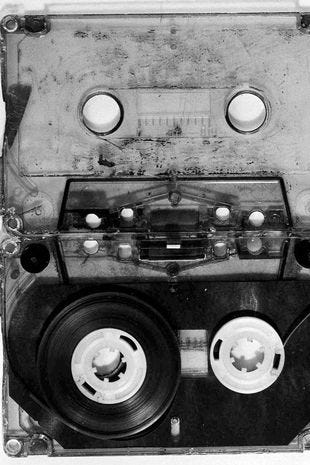




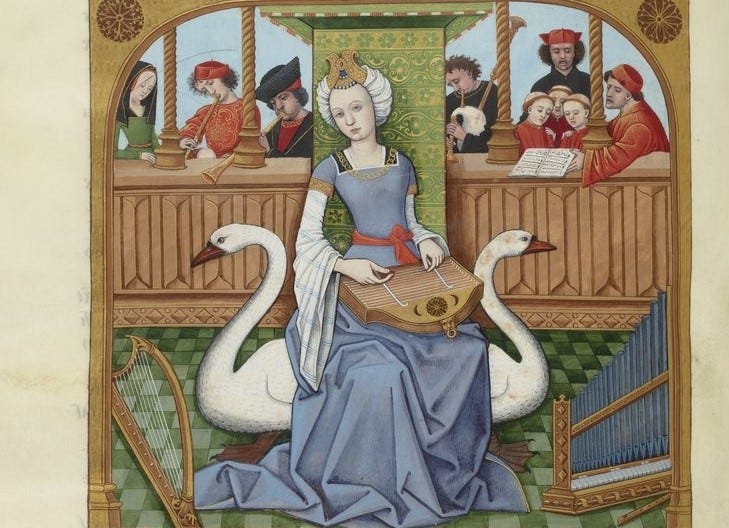







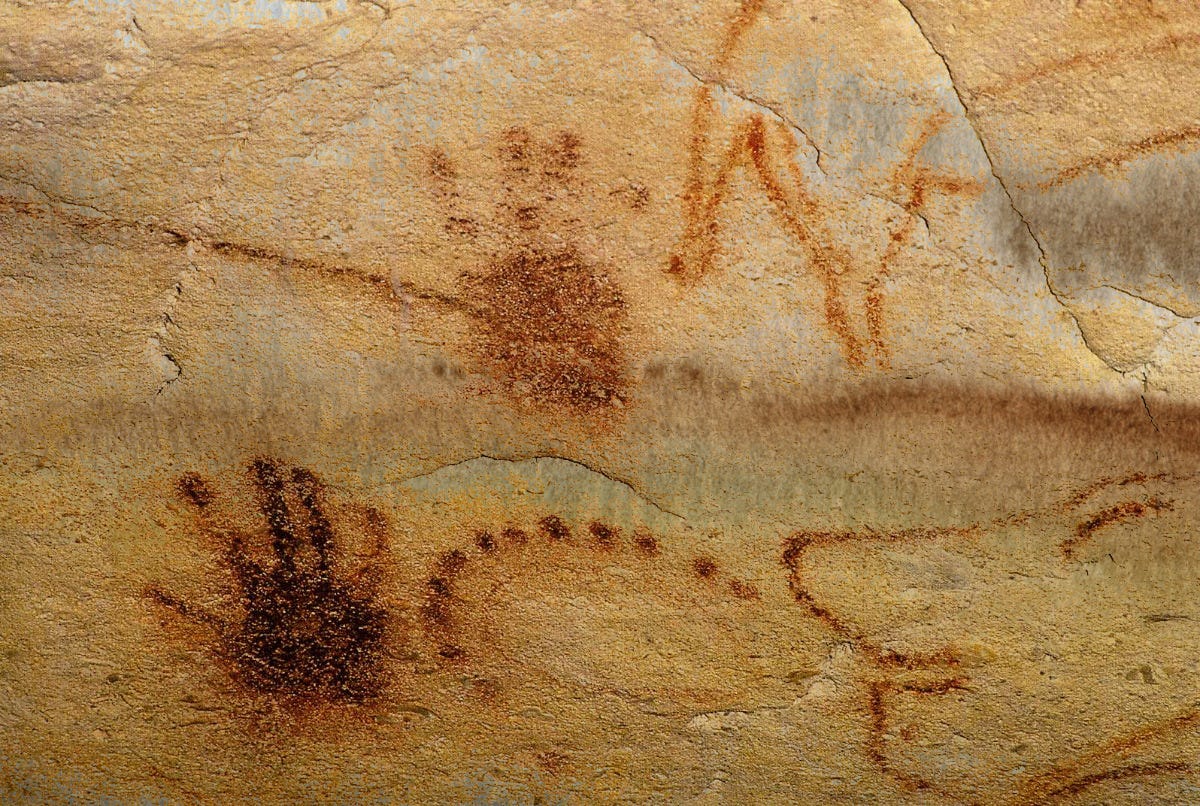



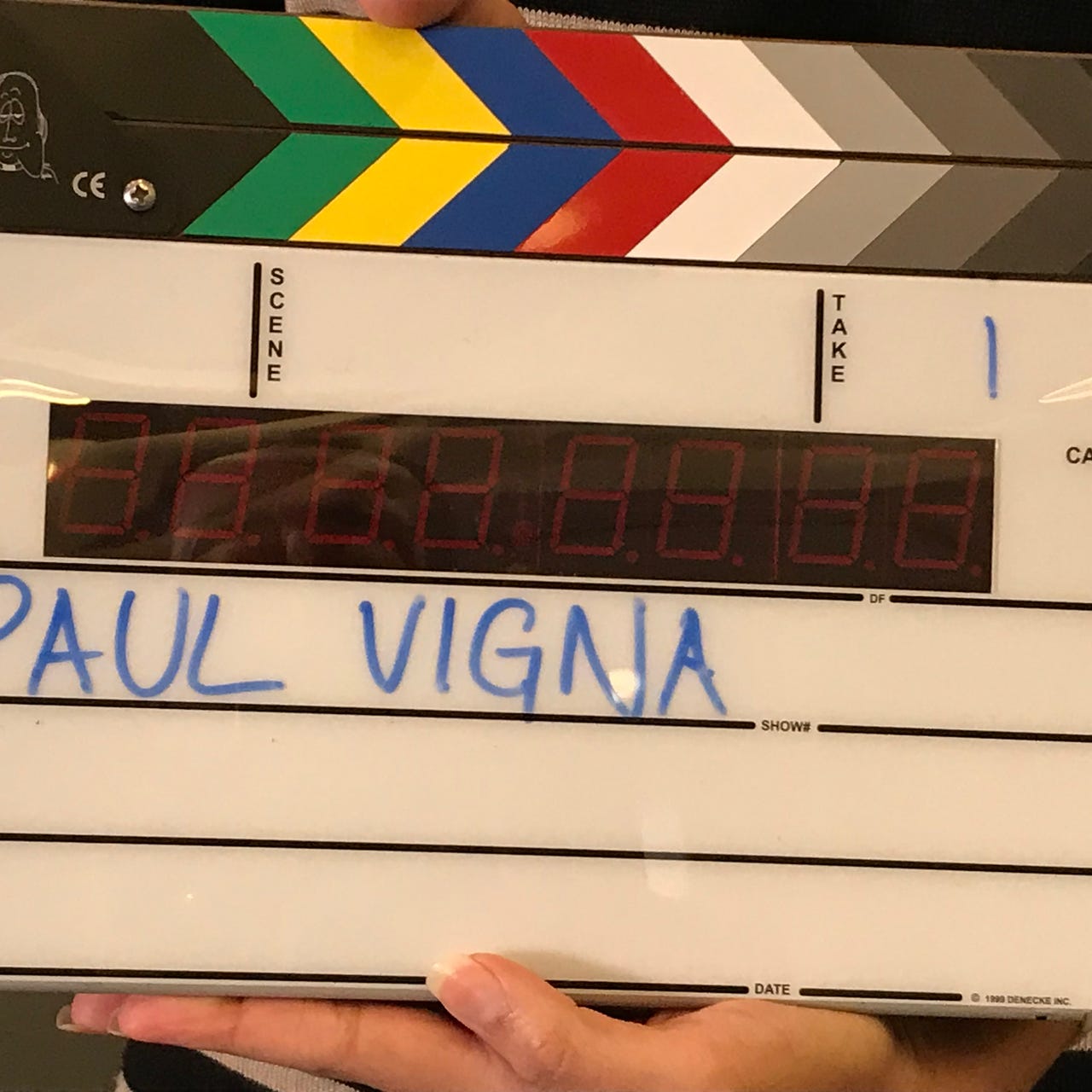
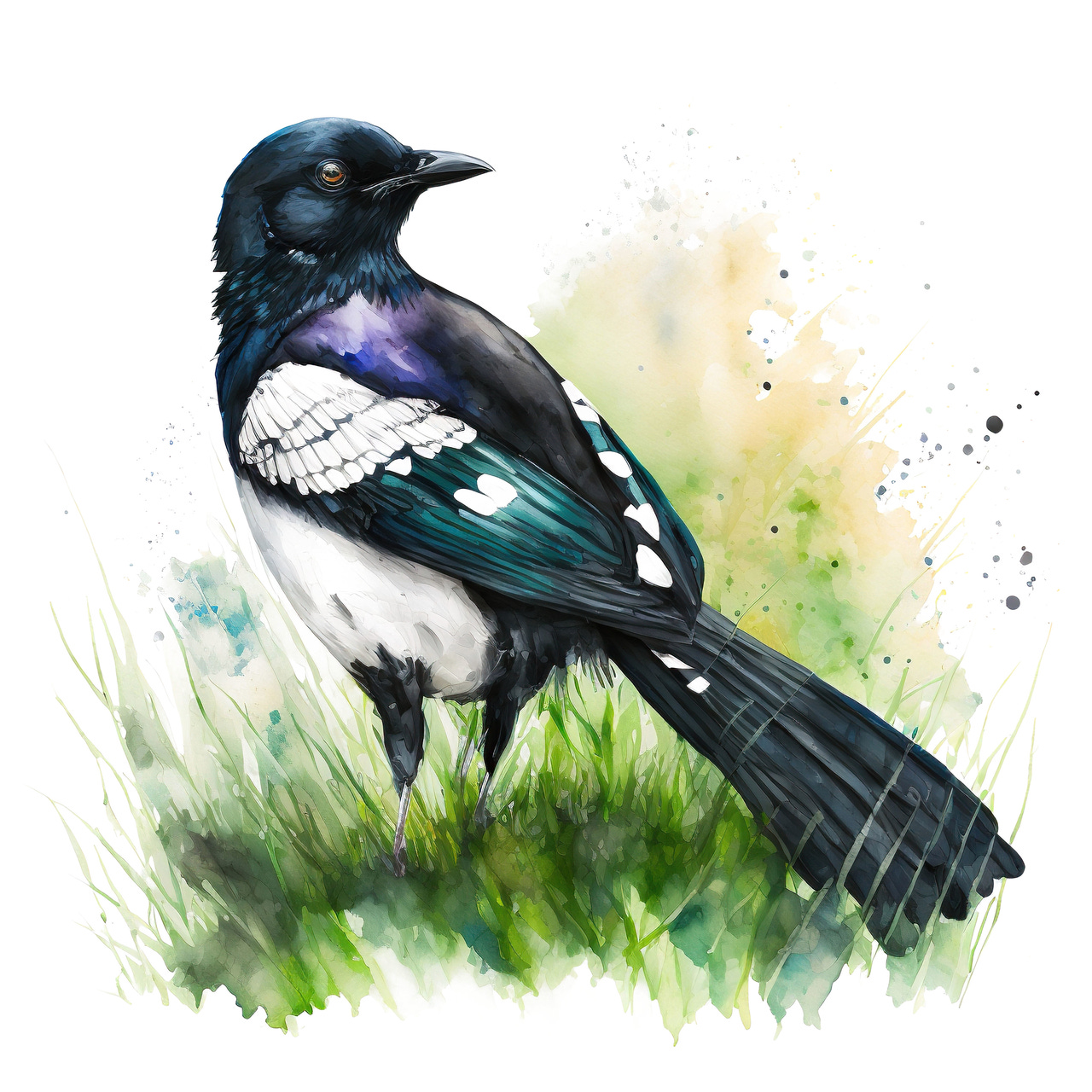

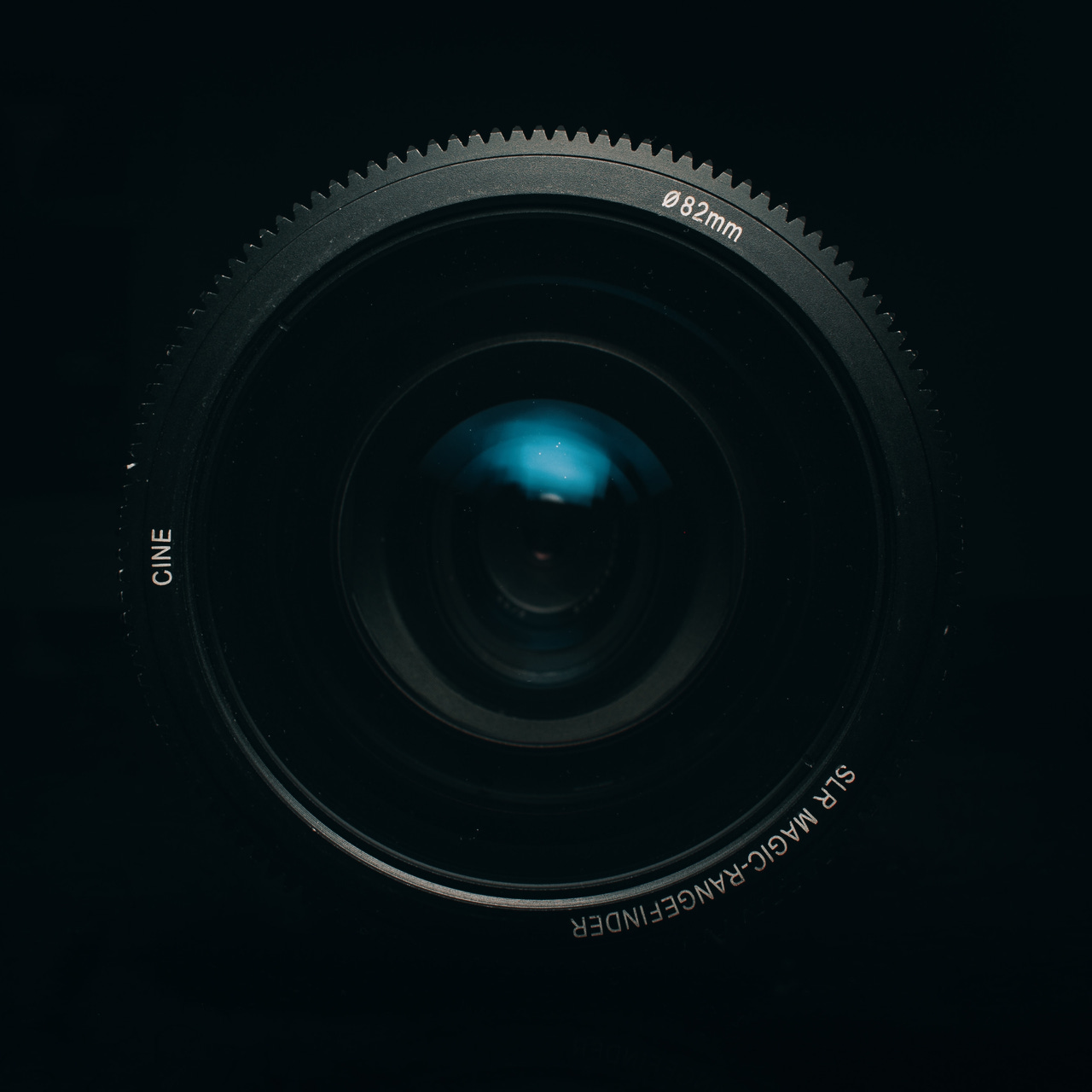
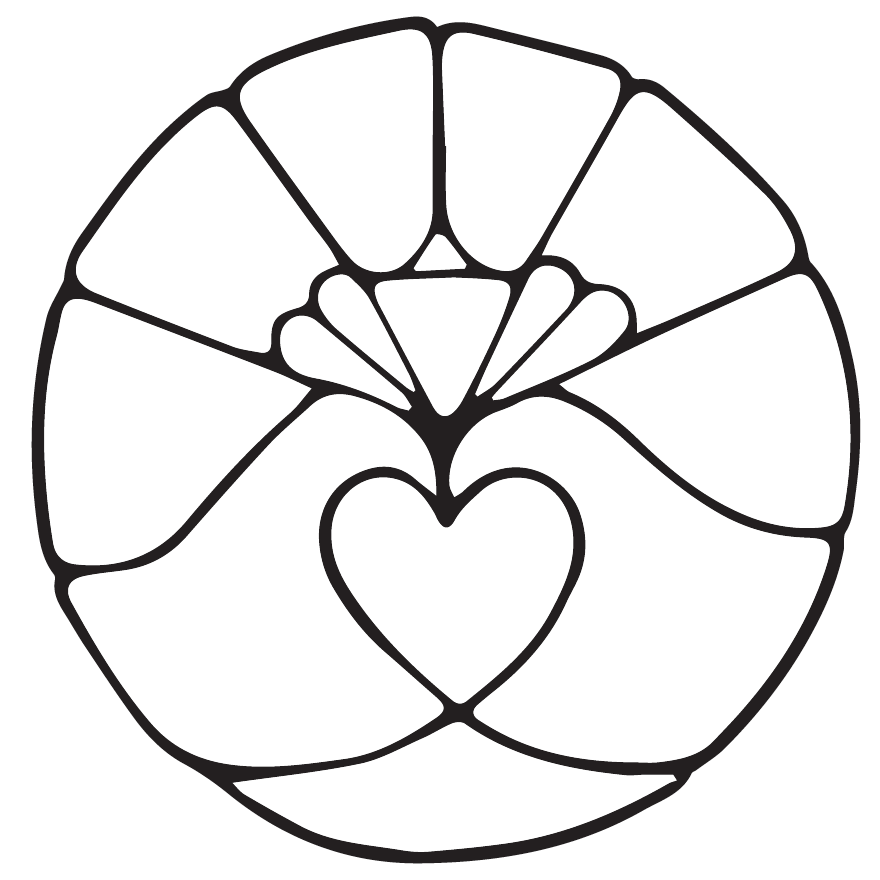


Thanks Substack for all you do and for the mention of my Notes and follow ups.
The blossom has been spectacular this week! ✨ 🌸
I always enjoy these!!! If I could make a recommendation, please give this a read, it was my favorite essay I’ve read in the last year and I haven’t seen it mentioned. It’s about a local bookstore owner going to a book fair, the author is his son, and there are all these hints at side stories I haven’t stopped thinking about since I read it. https://open.substack.com/pub/charliebecker/p/a-pilgrimage-for-book-people